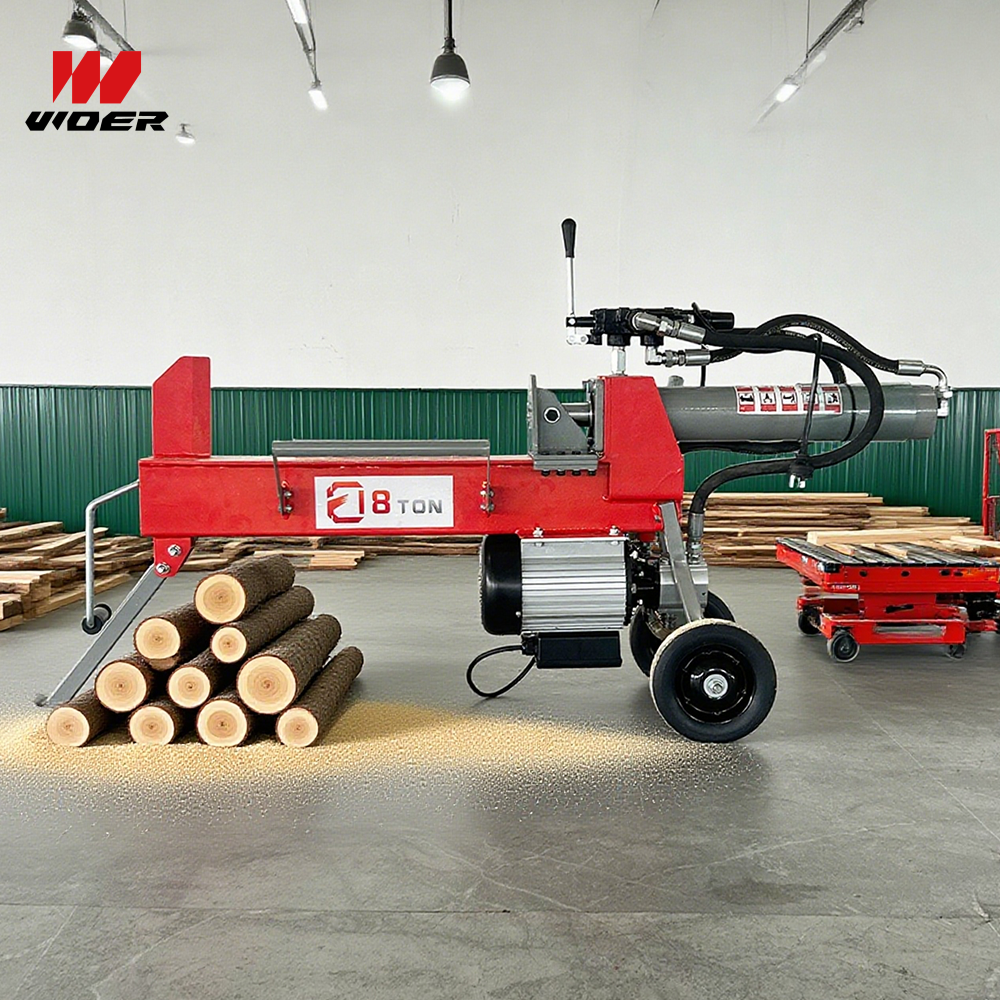Navigation
Contact us
Phone
Message

How to Extend the Lifespan of a Wood Splitter
1. Why is maintenance important for a wood splitter’s lifespan?
Proper maintenance reduces wear and tear, prevents costly breakdowns, and ensures your wood splitter continues operating safely and efficiently for years.
2. How often should I check hydraulic oil levels?
Hydraulic oil should be checked before each use. Replace or top up when levels are low, and change the oil according to the manufacturer’s schedule to prevent system damage.
3. What can I do to keep the splitting wedge sharp?
Regularly inspect and sharpen the wedge or blade to maintain cutting efficiency. A dull wedge increases strain on the hydraulic system and motor.
4. How do I protect the hydraulic system?
Inspect hoses and fittings for leaks or cracks.
Replace worn seals and O-rings promptly.
Keep hydraulic fluid clean and free from contaminants.
5. What storage practices help extend lifespan?
Store the wood splitter on a flat, dry surface.
Cover the machine to protect it from moisture, dust, and rust.
During winter or long-term storage, drain or stabilize fuel (for gas models).
6. What routine cleaning is required?
After each use, remove wood chips, dirt, and sap from the splitter. Keep the air vents clear to avoid overheating.
7. How should moving parts be maintained?
Lubricate all moving and pivot points regularly. This reduces friction, prevents rust, and extends component life.
8. Can overloading shorten the lifespan?
Yes. Always follow the manufacturer’s guidelines on maximum log size and splitter capacity. Overloading stresses the motor and hydraulic system, leading to premature failure.
9. Why is regular inspection necessary?
Routine checks help identify small issues—like loose bolts or unusual noises—before they become major mechanical failures.
10. What role does operator training play?
Proper usage by trained operators prevents misuse, reduces accidents, and extends the overall service life of the wood splitter.

This stunning beach house property is a true oasis, nestled in a serene coastal community with direct access to the beach.
Contact
West Street, Melbourne Victoria 3000 Australia